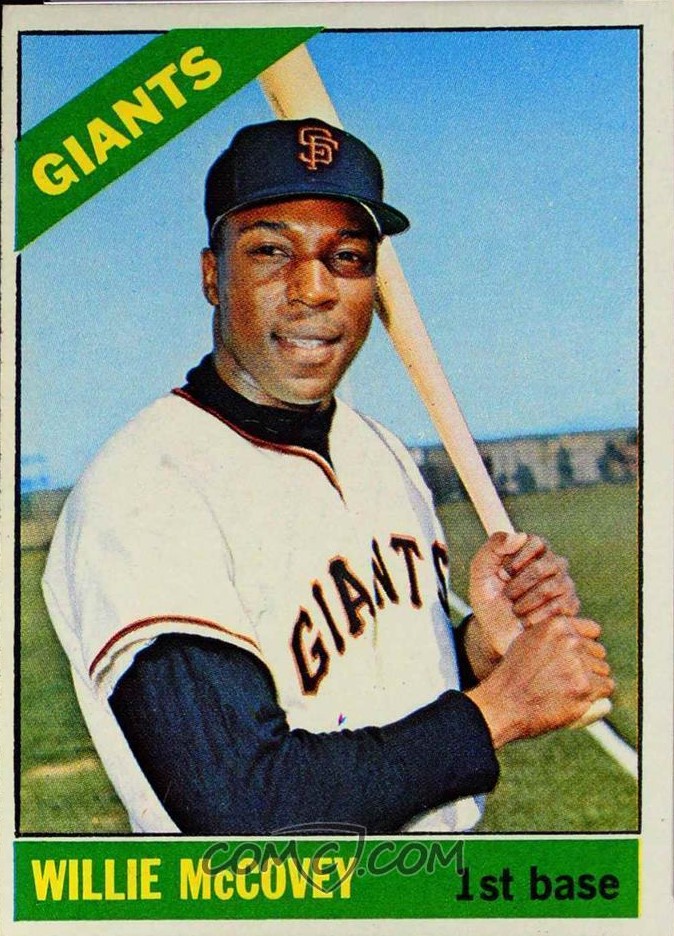Regular HHS contributor “no statistician but” (or nsb) continues his series examining where the Hall of Fame cutoff line really lies with his look at marginal Hall of Famers. In Part 3, nsb takes a look at the middle and left side of the infield, and 13 selected Hall of Fame inductees at those positions who are outside of the Hall of Stats. More after the jump
Category Archives: Player Profile
Not Just Friends of Frisch – Part 2
Regular HHS contributor “no statistician but” (or nsb) continues his series examining where the Hall of Fame cutoff line really lies with his look at marginal HoF inductees. If you missed his Part 1 introduction, you can read it here. In Part 2, nsb looks at the positions of catcher and first basemen. More after the jump.
Not Just Friends of Frisch – Part 1
Regular HHS contributor no statistician but (or nsb) has authored this series of posts on the Hall of Fame, and the perennial questions of which players are there who shouldn’t be, and which aren’t but should. Unlike some debates on this topic, though, nsb applies a metrics-based approach to this task, and invites you to do the same in contributing to the discussion. So, without further ado, here is nsb. Continue reading
Watching Larry Walker’s debut
Before Coors and humidors, JAWS and WAR, Larry Walker was just a late-season call-up hoping to make a difference for his team. Walker’s career as it pertains to the Hall of Fame has been well-covered, but what was the conversation like 30 years ago when the young Canadian first appeared for the Montreal Expos?
Continue readingOpposing Starting Pitchers Born on the Same Date
More frivolity to lighten the mid-winter blues. As there seemed to be some interest in my Christmas post on teams of players sharing a common birthday, I’ll add this little study to the mix.
A few years ago, regular contributor Richard Chester alerted me to a claim on Twitter to the effect that there had been only a very small number of occasions (I don’t recall the exact claim) when opposing starting pitchers had shared the same birth date, as in same birthday and same birth year. Richard and I quickly debunked that claim, identifying a considerably larger number of such games, which were the subject of a January 2016 Quiz post. I’ve expanded that study since then and added a bit of narrative on the protagonists. So, if you missed the quiz, here’s another chance to indulge in this bit of trivia. Continue reading
What Might Have Been: Careers Cut Short by WWII – Part 3
In the third and final installment of this series, regular contributor No Statistician But (or nsb) takes a look at outfielders whose careers were most impacted by military service during World War II. As with Part 1 on pitchers and catchers, and Part 2 on infielders, nsb is focusing not on the famous players, but on lesser known talents who lost at least two years to wartime military service that began not later than age 30. More after the jump. Continue reading
What Might Have Been: Careers Cut Short by WWII – Part 2
In the second installment of this series, regular contributor No Statistician But (or nsb) takes a look at infielders whose careers were most impacted by military service during World War II. As with Part 1 on pitchers and catchers, nsb is focusing not on the famous players, but on lesser known talents that fame passed by, in part because of their wartime service. More after the jump. Continue reading
What Might Have Been: Careers Cut Short by WWII – Part 1
Regular contributor No Statistician But (or nsb for short) has prepared this series of posts about players whose careers were most affected by time lost to military service during World War II. The focus is not on the elite players we all know about, but on players whose prowess might have become better known if not for the war.
Part 1 will focus on pitchers and catchers, Part 2 on infielders, and Part 3 on outfielders. Without further ado, I hand it over to nsb. Continue reading
Willie McCovey 1938-2018
 Willie McCovey died late last month at the age of 80. In a career spanning four decades, McCovey established himself as one of the most feared sluggers of his era. And what an era it was, with almost half (9 of 20) of the 100 Batting WAR club among his contemporaries. More on McCovey after the jump. Continue reading
Willie McCovey died late last month at the age of 80. In a career spanning four decades, McCovey established himself as one of the most feared sluggers of his era. And what an era it was, with almost half (9 of 20) of the 100 Batting WAR club among his contemporaries. More on McCovey after the jump. Continue reading
Best and Worst Trade Deadline Deals
Probably will be tough to top the Manny Machado deal as the most significant of the trade deadline season. Machado could help the Dodgers win it all this season. Or, he may not, and he may not be back next year. So, we’ll just have to wait to see how it works out. But, we can look back at some deadline deals of the past, those that worked out and the many that didn’t. More after the jump. Continue reading
